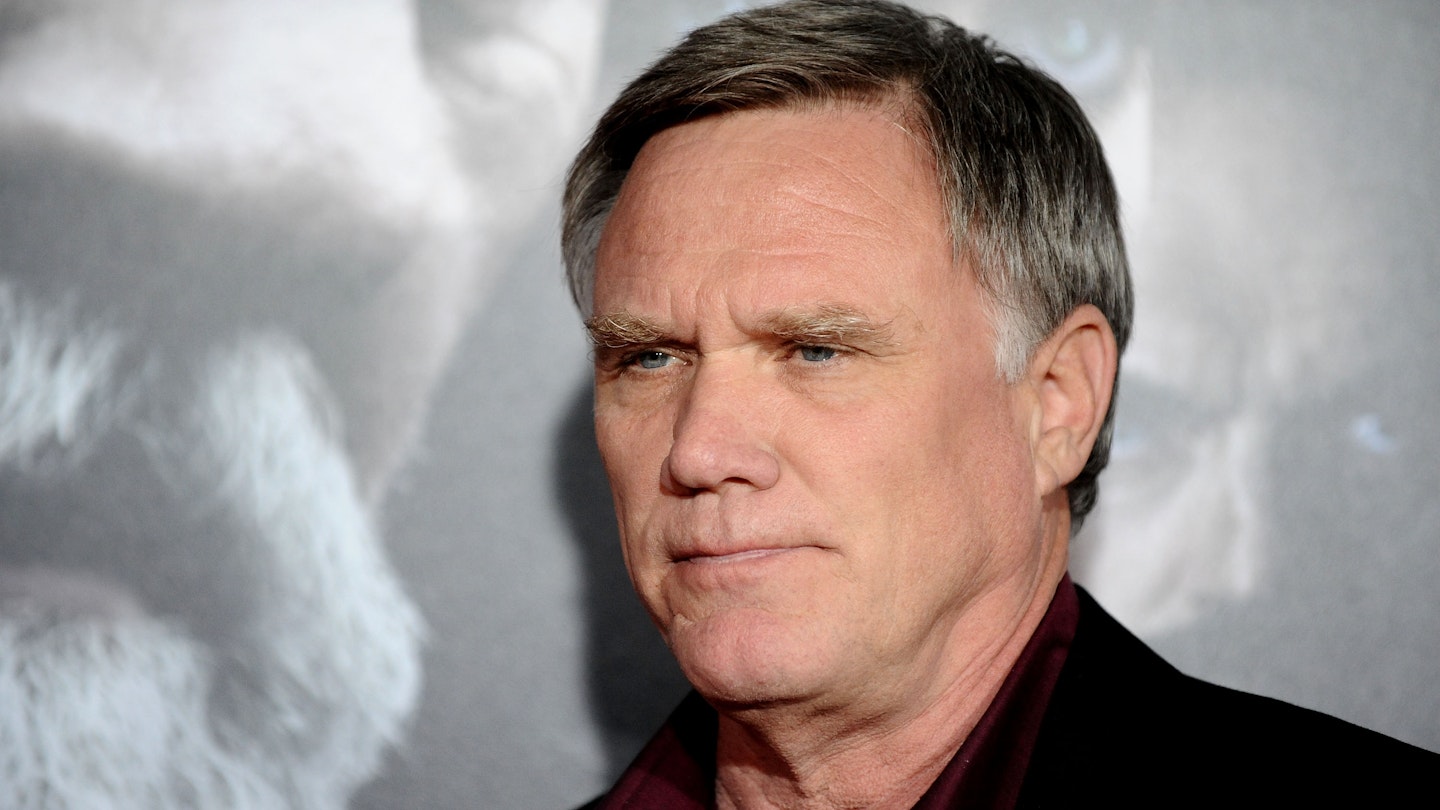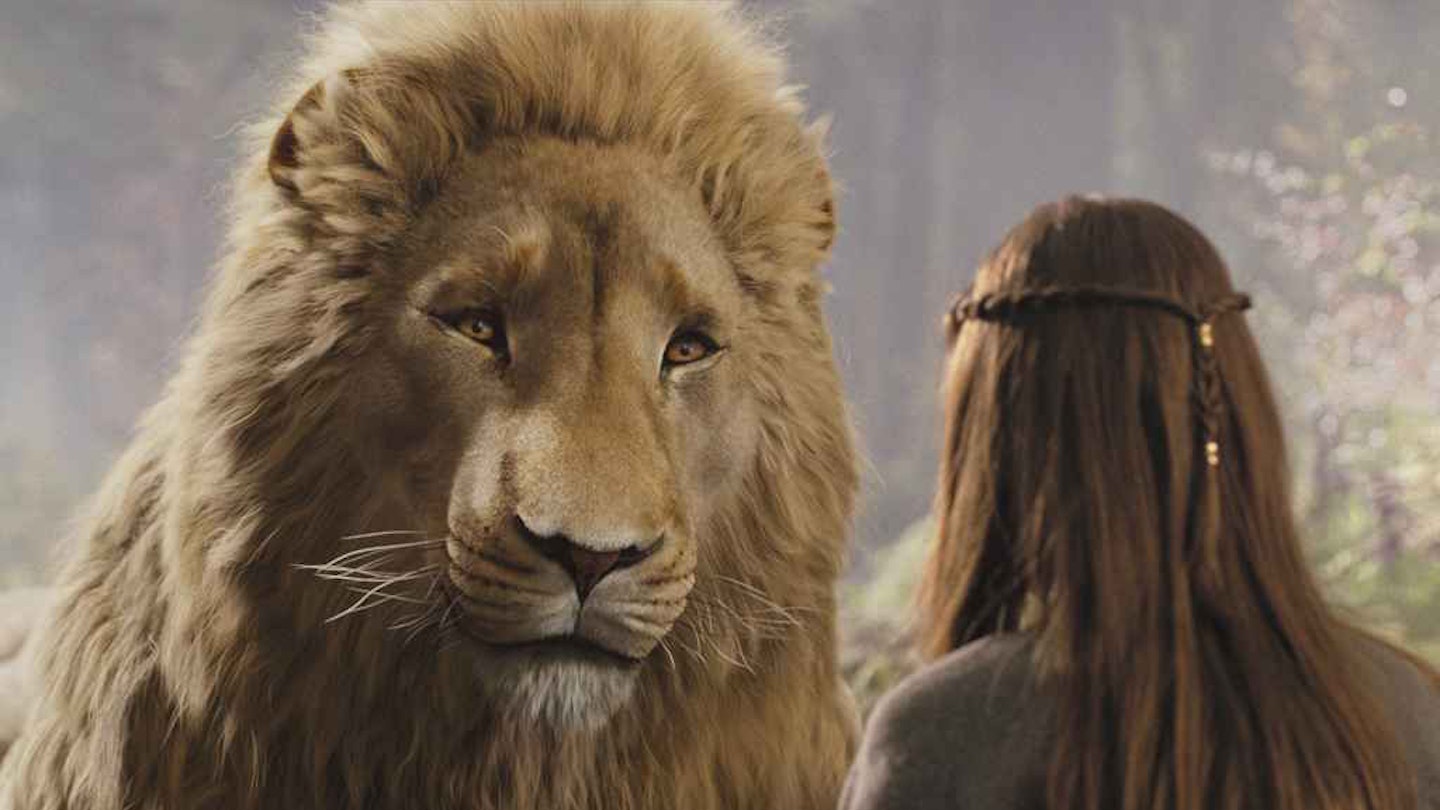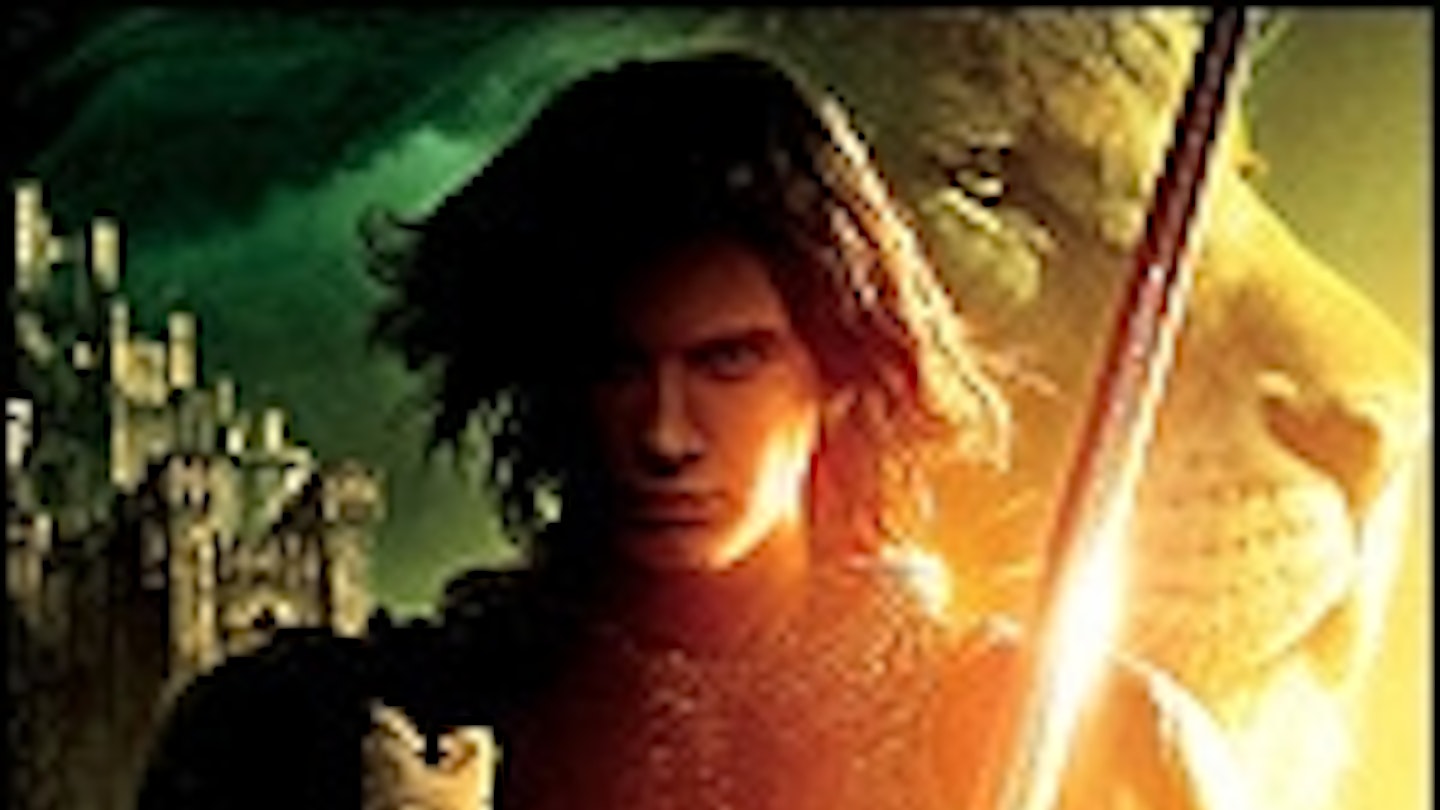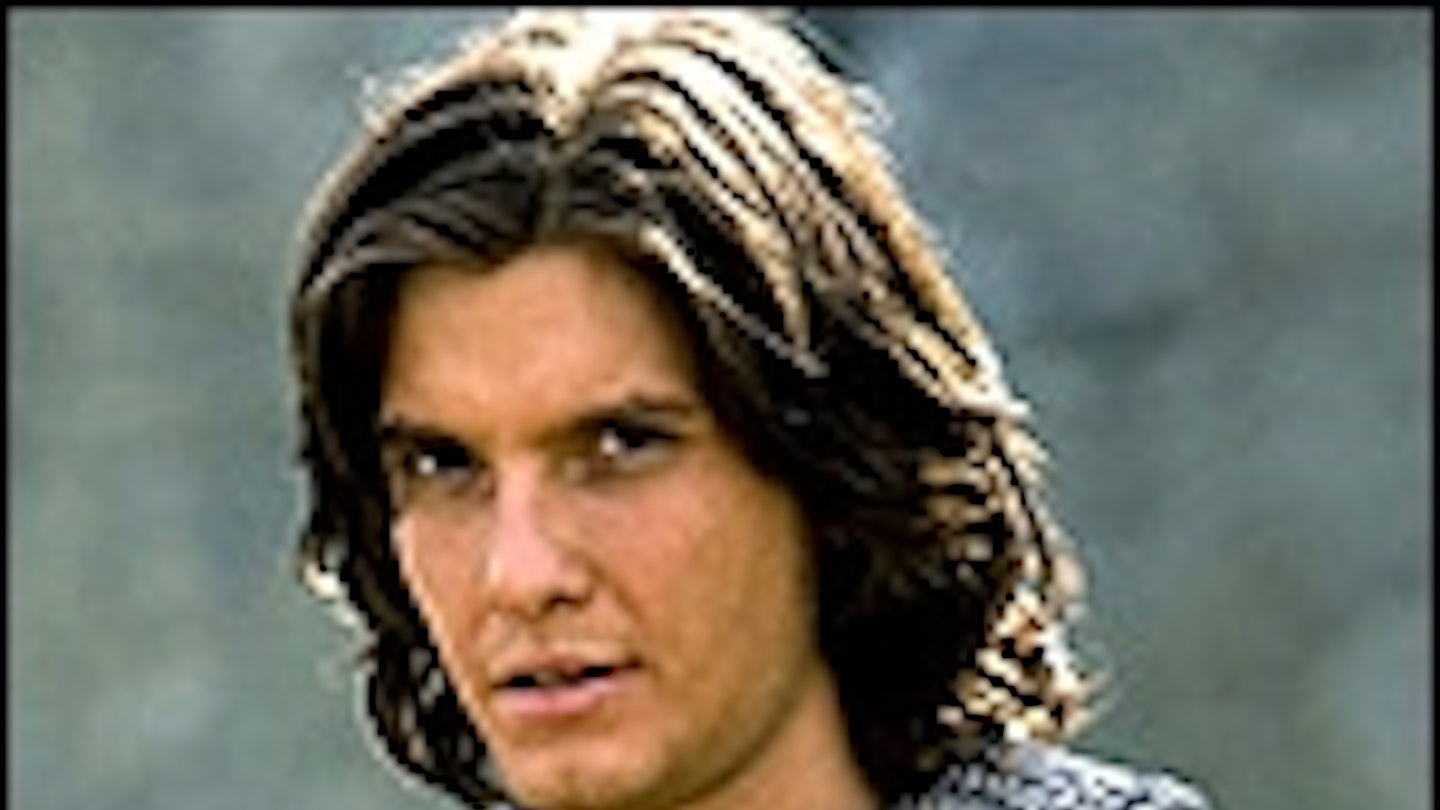If we had a million pounds, we’d offer it to the first children’s fantasy sequel to promise not to describe itself as “darker” than its predecessor. That’s not to say that this is necessarily an unwelcome characteristic, just that it traditionally means, “Our lead hit puberty and no longer sings soprano,” or, “We got bad reviews last time.” But sometimes, just sometimes, it’s justified - and this sequel to The Lion, The Witch And The Wardrobe is quite a bit darker. The good news is that it’s also better.
It follows a film that boasted strong special effects, decent child performances and faithfulness to its source material, but somehow seemed a little empty, lacking the heart and soul that make the source novels such perennial favourites and that made, say, The Lord Of The Rings movies into such great examples of filmmaking. This one’s a little closer to what we wanted first time around, at least giving texture to Narnia and some indications that this is a land that can, and does, support an actual population - and, if it’s still more conjuring trick than deep magic, it’s a step in the right direction.
The opening of the last film - an air raid over World War II London - was one of the highpoints, and this one also throws us straight into the action. More than a thousand years after we last saw Narnia, a baby is born in a dark, heavily fortified castle - prompting its father, Lord Miraz (Sergio Castellitto), to order the murder of his nephew, the rightful ruler, Prince Caspian (Ben Barnes). Escaping through a wardrobe (a different one), Caspian rides into the “haunted” woods, where he finds the supposedly extinct Narnian natives in all their shapes and sizes. Pursued by his fellow Telmarines, Caspian blows a mysterious horn - and summons the four Pevensies back to Narnia.
The quartet - Peter (William Moseley), Susan (Anna Popplewell), Edmund (Skandar Keynes) and Lucy (Georgie Henley) - are only a year older, and they’re all dealing with the fall-out from their adventures in different ways: in Peter’s case, by starting fights; in Susan’s, by avoiding the attentions of nerds (not sure we got the connection there); in Edmund’s, by feeling unappreciated; and in Lucy’s, by blithely remaining faithful to the idea that she will one day return to Narnia. And so the stage is set. Caspian and the Pevensies have to find each other, forge an alliance with the magical creatures of Narnia, take down the bad guys and persuade the long vanished Aslan to make a return appearance in time for prize-giving medals and afternoon tea.
The difference this time is that the enemies aren’t just make-believe creatures but flesh-and-blood humans, and as such, they’re wilier and sneakier than any witch that ever lived. The book’s rather simple plot is fleshed out with the addition of much political skullduggery among the Telmarines - both from the sinister Miraz himself and from his councillors and general - which adds something for those over the age of 11. The infighting does detract a little from Miraz’s personal menace, but that’s compensated for by introducing dissent among the Narnians themselves. Dwarf Nikabrik (Warwick Davis) hints at a dark side missing from the happy-clappy first film, especially in one stand-out scene just after the mid-point which we won’t spoil.
Against these foes and their vast, masked armies, the new good guys are perfectly cast. Ben Barnes’ Caspian is appropriately heroic, but with edges of insecurity and occasionally bullishness - he butts heads with High King Peter, still trying to take charge - that make him more than a cookie-cutter swashbuckler. There’s a romantic subplot with Susan that’s a little ill-judged, but otherwise it’s a confident, charismatic debut that makes the prospect of Barnes taking an even bigger role in the next film, Voyage Of The Dawn Treader, quite welcome. The comedy weight, however - and this is a significantly funnier film than its predecessor – is carried by the grumpy, strangely adorable Trumpkin, beautifully played by the dependable Peter Dinklage, and Reepicheep the fighting mouse, voiced with pizzazz by Eddie Izzard. Still, it’s not all so well-judged. The principal flaw here is the urge to explain everything, to emphasise moments instead of letting them flow. At times, the camera lingers in a way that is clearly meant to Signify Something Important; at others, it just hangs around to admire the beauty of the New Zealand scenery and the excellent special effects. But this look-how-pretty showboating verges on effects porn, and it slows down both drama and tension inexcusably. There’s also a frequent sense that we’re being force-fed emotion: the chief centaur, for example (who is described in the production notes, in a surfeit of political correctness, as “African-Narnian”), has little to do but nod approvingly or gaze reproachfully, just to make sure we get it.
And the performances of the older kids remain ropey. Moseley’s Peter still gives little sense that he’s a natural leader of men, with a subplot detailing his insecurities and rivalry with Caspian detracting further from any impression that he’s worthy to be High King. Popplewell, meanwhile, pouts her way through scenes which require little from her but archery, and can’t seem to get any traction on a character that was always the least well thought-out of the lot. The younger pair are better: Keynes, who has the most interesting Pevensie to play - one always gets the sense that Edmund is easily the smartest of the quartet - gets to do nothing but make (admittedly funny) sarky remarks. Only Henley, happily, is every bit as charming as she was in the first film.
Around these central characters hang a host of brilliantly realised animals, monsters and magical creatures of all stripes (and spots), and this time the FX work is damn near flawless. The griffins are much better than Harry Potter’s, the minotaurs are wonderful, and the sight of fauns in combat take wire-fu to a new level. The lengthy but well-staged battle scenes are genuinely thrilling, both in a night-time assault and a sunlit mêlée. With their faster pace, bigger numbers and higher stakes they recall a multi-species Braveheart rather than the slightly disappointing effort at the end of the last film, and there’s a sense of real lives at stake. Of course, there’s nary a drop of blood spilled by anyone, despite the wholesale slaughter on both sides and the disturbing sight of these kids merrily swinging daggers and swords - an increasingly dishonest practice to get this level of violence into kiddie films. In the end, perhaps, the fights are a bit like the film itself: effectively realised, full of characters you love, but a little bloodless.







